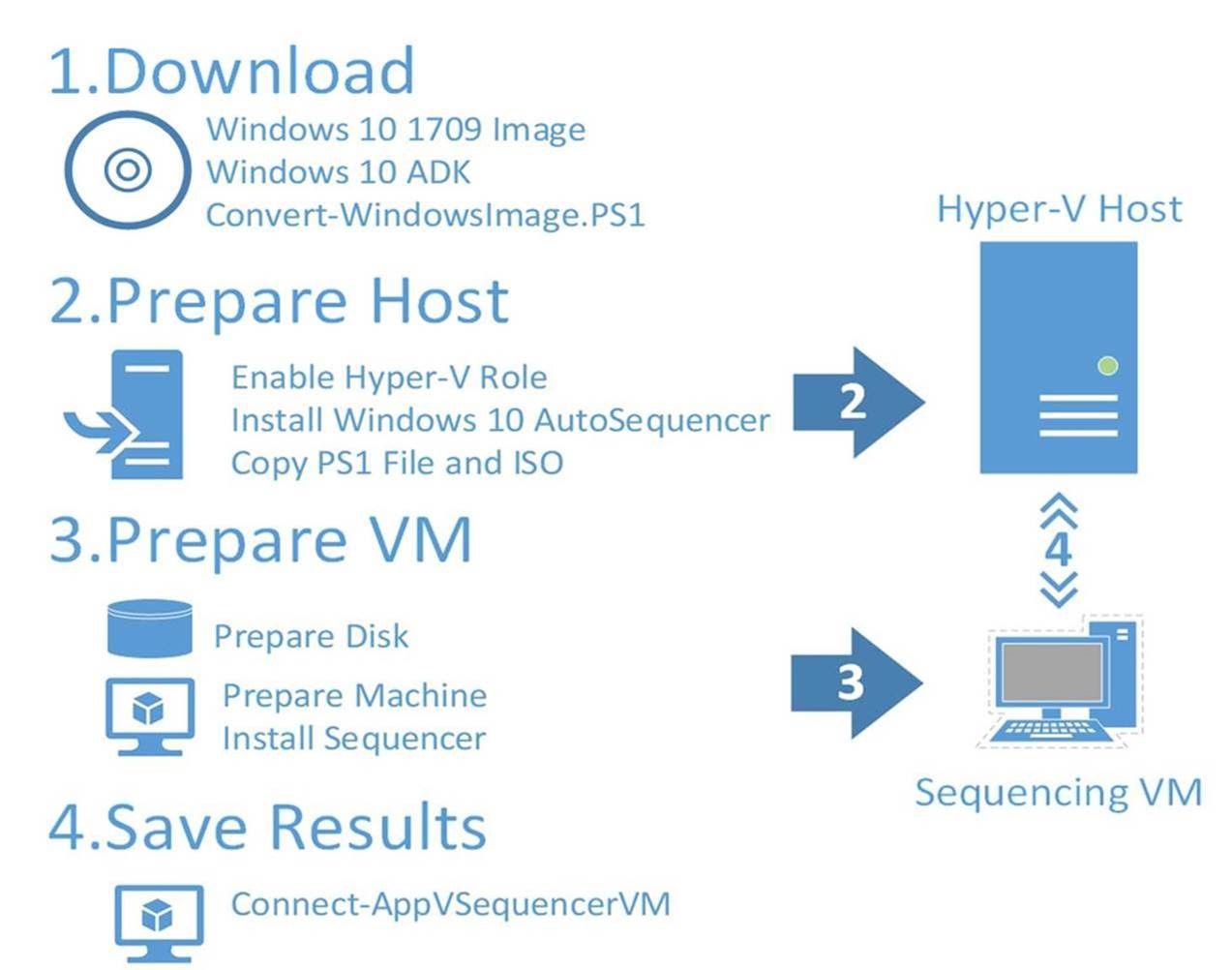App-V Auto Sequencing Part 1, the blueprint
Creating App-V packages sometimes seems like an artform. (I've even heard people call it a Dark Art) Depending on who you talk to about App-V or which experiences they have had, responses range between general interest to outright enthusiasm. Likewise with any artform you'll always meet somebody doing it better or asking for costs.
This series of blogs will help you understand
- What automatic package creation is
- How to build a package.
- Solutions from the field, what we have seen and/or built out with some of our customers.
What Sequencing options are there ?
When Sequencing a package there are 2 options both provided with the Windows 10 ADK.
- Build packages with the Microsoft Autosequencer
- Create your own customized solution
The default boxed App-V Autosequencer will suit most scenarios and can be automated whereas the Sequencing application is manual and has the necessary graphical interface more suited to complex applications.
The Shopping list
Before you start there are some prerequisites to fulfill:
- Hyper-V Host having a minimum Quad-Core CPU, 8 GB of RAM and 80GB of free disk space
- The Hyper-V host should run Windows 10 to keep it nice and easy. Server 2016 is possible of course, but needs to have some tweaks here and there (For example, the ADK installer won't show the auto-sequencer part)
- Windows 10 ADK - /en-us/windows-hardware/get-started/adk-install
- Windows 10 1709 <- we'll explain this in more detail in the next post
- Convert-WindowsImage.PS1 - https://gallery.technet.microsoft.com/scriptcenter/Convert-WindowsImageps1-0fe23a8f
The blueprint
So let's sort things out, define the overall plan and steps needed 
With the following blog posts, we'll guide you through all of the steps needed to prepare and use your new Autosequencer.
Johannes Freundorfer and Ingmar Oosterhoff